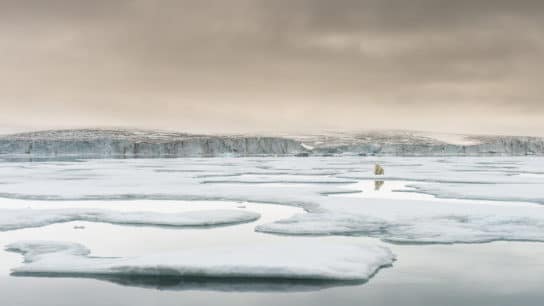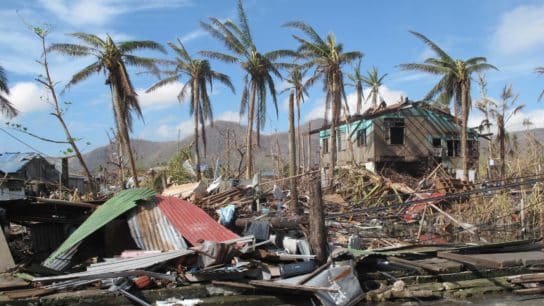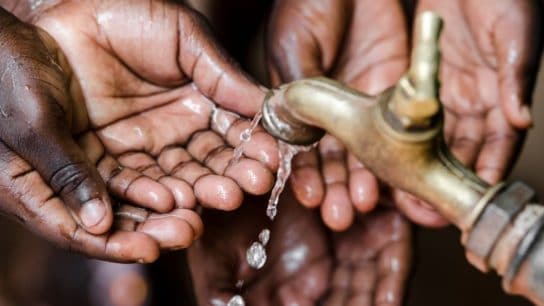Hawaii might be a tropical paradise for tourists, but the same can’t be said for its local residents. The sacred islands have a lot to offer, but with the onslaught of visitors, the environment and its residents are the ones paying the price. Here, we examine the causes and impacts of water shortage in Hawaii, and solution recommendations.
—
Hawaii has long been known for its tropical paradise sceneries and beautiful beaches – some of which even boast unusual colours. It is the world’s largest island chain and the only state in the US completely made up of islands. The region’s rich soil is considered one of the most important natural resources – sugarcane, pineapples, coffee, macadamia nuts, and flowers are vital sources of income for the state’s economy. Its vast recreational opportunities including snorkelling, scuba diving, biking, kayaking, surfing, or just sitting on the beach with a drink in your hand makes Hawaii one of the most visited places in the world, attracting over 10 million tourists each year. As a result, tourism is the state’s leading source of income. In fact, some of the most famous people on the planet such as Bruno Mars, Jason Momoa, and former US president Barack Obama were born there. Yet unfortunately, it is not all sunshine and rainbows in Hawaii.
Due to the coronavirus pandemic, climate change, and overtourism, the region experienced a water shortage crisis in July 2021. Although the islands enjoy generally wet and rainy weather conditions, climate change is having a negative impact on how often rainfall occurs, triggering rare drought conditions. Over the last 30 years, rainfall in Hawaii has decreased by 18%. At the same time, the population in the region has doubled since 1959, with visitors reaching record levels. Hot and sunny days are great at the beach, but too much sunshine and not enough rain for prolonged periods of time can cause significant problems, especially for farmers and ranchers as pastures are drying up. As water is becoming severely scarce, the county announced a Stage 1 water shortage declaration to prohibit residents from using water for nonessential activities such as irrigating plants, watering lawns, and washing vehicles.
On top of the water shortage in Hawaii, the islands were also faced with a water contamination crisis at the Naval Station Pearl Harbour, a nearby naval base adjacent to Honolulu, the capital of Hawaii. The Red Hill fuel facility was an underground stockpile during the Second World War with around 110 million gallons of petroleum remaining. Home to submarines, ships, and commander of US forces in the Indo-Pacific region, the base might be one of the most important installations to the military, but the fiasco is also endangering Honolulu’s most important water sources. A water sample taken from the Red Hill drinking water shaft on December 5 confirmed the contamination of the water with ‘high levels’ of petroleum and gasoline. The total petroleum hydrocarbon diesel range organics detected ranges 350 times above the recommended level for drinking water, while the gasoline range organics more than 66 times. Not only did more than 1,000 Pearl Harbour base residents complain of fuel-like smells emanating from their tap water, but the residents living nearby also reported a number of health issues including headaches and stomach pains. A woman reportedly had to put down her dog after it developed ‘mysterious symptoms’.
You might also like: What are the Causes of Water Pollution?
Much of Hawaii’s food was grown in Maui, where water flowed naturally. To alleviate the impacts of the water shortage in Hawaii, water system companies held back water reserves to save water, which caused Maui’s food security to further decline. As a result, prices of vegetables there are expected to jump, and consumers will be affected. Locals will have to rely on imports for now. Water will surely be an issue as Hawaii moves into summer months.
If the crisis persists, not only will locals be the ones hugely affected, but also tourists planning on visiting the region and doing all sorts of activities. If Hawaii is not able to start satisfying water demands especially when more tourists arrive as soon as the pandemic ends, the tourism industry will suffer.
If we wish to enjoy the culture of the beloved island and keep visiting it in the future, there are a few things we must start doing. As individuals and tourists visiting Hawaii, we must think twice before we use water to make sure no water is wasted. For locals, some experts suggest that people who rely on water catchment systems to start saving water now.
The government could temporarily cut back flights from other countries so as to limit the number of tourists while redirecting more federal money from the American Rescue Act to rebuild inefficient reservoirs and restore native ecosystems and watersheds. By encouraging companies to upgrade reservoirs and increasing their efficiency, more water can be stored, monitored, and managed, and sources of water can be steadier with minimal seasonal fluctuations. As a result, there would be more water available to meet demands in the long run. Without the conservation it needs, not only will Hawaii be further from being the paradise it once was, it might even become a dreadful wasteland that lacks the one thing essential for survival.
You might also like: Plastic Pollution in Hawaii














